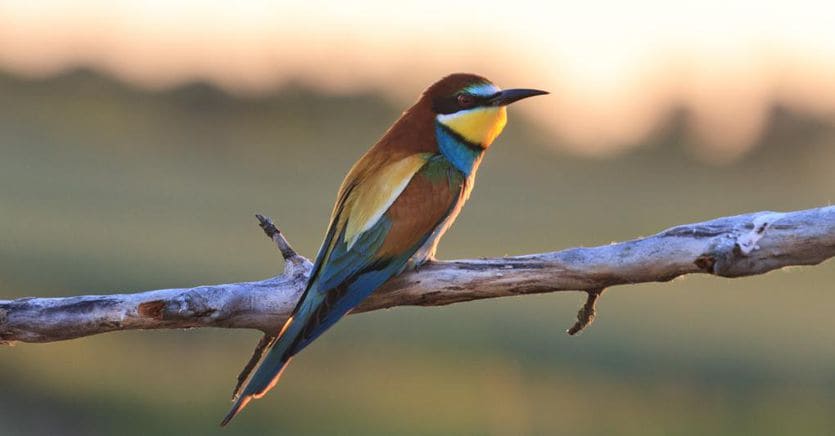Birds are a class of animals, of which there are over 18 thousand species (not 10 thousand as they say and according to a recent study ofAmerican Museum of Natural History). The class of mammals, to which we belong, counts a third. Their evolutionary success largely surpasses us. As Edward O. Wilson says, “When we see one bird, it doesn’t mean we’ve seen them all.”
The diversities
Diversities, rather than similarities, are the substance of life, as Darwin taught. Coming directly from dinosaurs, birds have had a particularly rich natural history of adaptive experiments. In recent decades, the study of the biology and culture of birds has produced results that prove that some behavioral abilities are not only innate, that is, that some species of these animals have open learning programs that, in terms of cognitive performance, have nothing to envy to those of primates, and thanks to which they are able to solve problems, use tools, understand abstract concepts, recognize and distinguish previously unseen paintings by Monet and Picasso, etc.
Loading…
Microcircuits in the avian brain
The lack of a neocortex in birds – the area of the mammalian brain where working memory is located and where actions are planned and problems are solved – baffled and suggested that there was something special about those brains. In the last few months of last year, two major studies were published in the journal Science that identified microcircuits in the avian brain that could perform functions similar to the neocortex of mammals, and that in crows represent the neural correlates of a sensory consciousness. The authors of the two studies think that the building blocks of mammalian and bird cognition may have been present in their last common ancestor, some 320 million years ago. The brains of mammals and birds have evolved differently, but in their perceptual and cognitive abilities they are more similar than previously thought.
These recent findings would have rightfully entered Jennifer Ackerman’s books had they not been published recently. Self The genius of birds (Nave di Teseo, 2018) was fun and enlightening, especially as regards the insistence on the similarities between avian and human behavior, described from the point of view of morphology and evolution, The secret life of birds tells, always in an understandable and captivating way, with scientific precision the diversity of bird behaviors and cultures, i.e. similarities and differences concerning the singular and complex behavior of different species of birds, for example in the construction of nests and in the use of tools, in hunting and gathering strategies, in the care of offspring, in singing and communicative virtuosity, etc. It is a text on behavioral and cultural aviology, which develops the subject themes, on the human front, of anthropology.
Jennifer Ackerman is one of the best Anglo-Saxon popularizers and an example of the fact that scientific non-fiction, where there is a qualified question, can be expressed, even if the writer is not a researcher, at excellent levels for the quality of prose and information, as well as for critical depth of reasoning. His naturalistic essays are also always a tale of biological evolution by natural selection, without militant accents.
